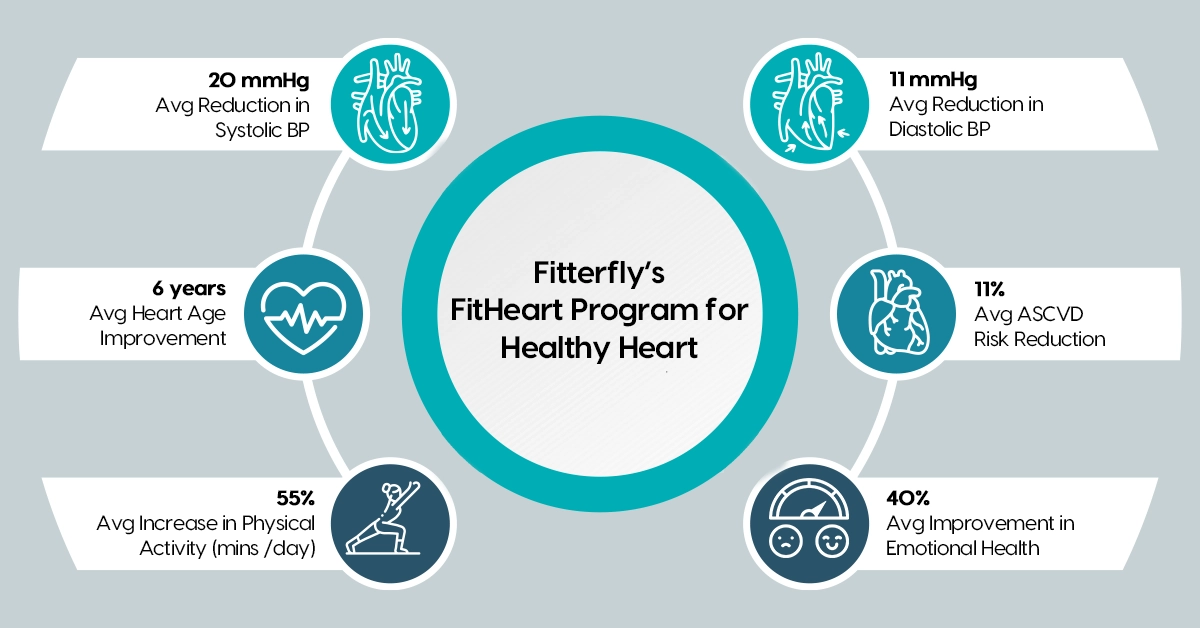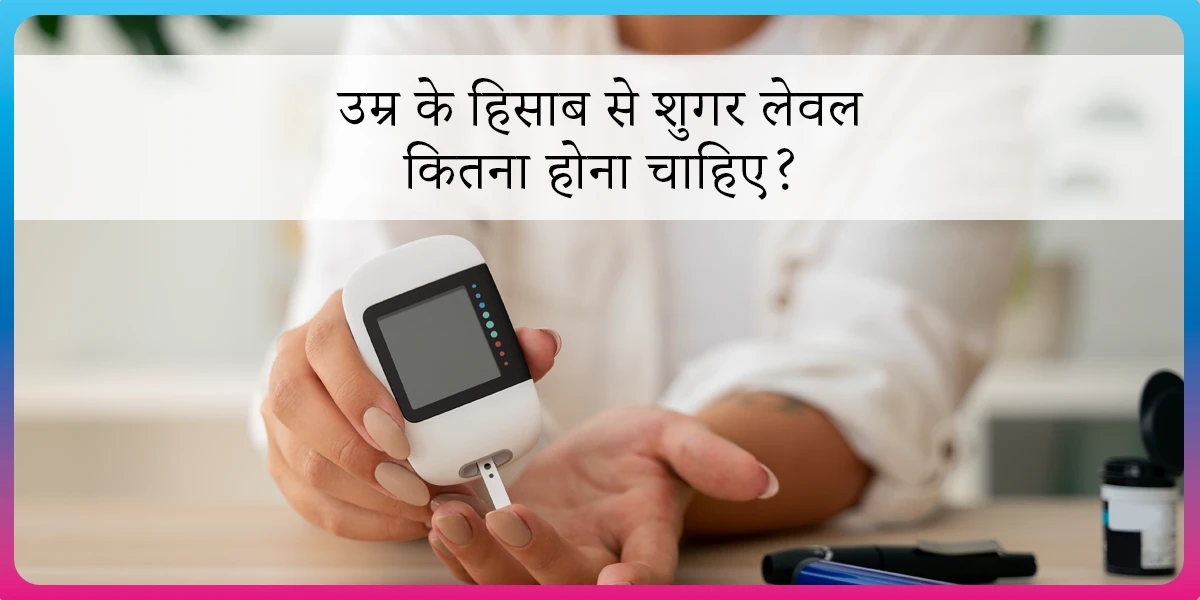Effective Hypertension Management: Lifestyle Modifications and Reduction Strategies

Hypertension, the “silent killer” in cardiovascular disease management, is emerging as a critical public health challenge. According to the World Health Organisation’s (WHO) latest report on hypertension, around 1.28 billion adults aged 30–79 years are living with high blood pressure globally. What is even more alarming is that around 46% of hypertensive individuals are unaware of their medical condition. In response to this critical situation, WHO aims to reduce hypotension frequency by 33% between 2010 and 2030.
This blog sheds light on the latest modalities of hypertension management. The measures would also help in reducing premature deaths globally.
How is India Addressing Hypertension?
Noncommunicable diseases (NCDs), including hypertension, pose significant challenges for Indian healthcare professionals. Despite India being the first country to establish an NCD action plan in 2014, targeting a 25% reduction in hypertension prevalence by 2025, progress remains insufficient.
Inadequate Blood Pressure Monitoring in India
A recent study on Heterogeneity in Blood Pressure Measurements by ICMR-NCDIR by Kavyashree Seenappa et al. came out with these facts:
- An estimated 66.7% of candidates measured their blood pressure at least once in their life.
- There were vast disparities (30.3% to 98.5%) across districts regarding ever-measuring blood pressure.
- Southern states reported the highest average prevalence rate of 75.8% of monitoring BP.
- Lakshadweep (90.8%)
- Kerala (88.5%)
- Tamil Nadu (83.3%)
- Puducherry (83.2%)
- Mahe in Puducherry reported the highest rates of ever-measured blood pressure at 98.5%.
- Comparatively lower prevalence rates in terms of ever-measuring blood pressure readings were noted in:
- Central India [Madhya Pradesh (62.4%) and Chhattisgarh (62.3%)]
- East [Odisha (55.5%) and Jharkhand (59.8%)]
- Districts like East Garo Hills in Meghalaya (30.3%), Khargone (West Nimar) in Madhya Pradesh (32.2%), North Garo Hills in Meghalaya (33.2%) exhibited the lowest ever-measured blood pressure rates.
The survey provided critical findings regarding the prevalence and determinants of blood pressure measurement, prehypertension, and increased blood pressure in the country. Significant disparities in measuring BP were due to unequal healthcare infrastructure, lifestyle choices, socio-economic conditions, and urban-rural disparities.
Latest Treatment Practices for Hypertension Management
The International Society of Hypertension (ISH) has recommended the following practice guidelines for adult hypertension management.
- Lifestyle Modifications for Hypertension
- Pharmacological Treatment
Lifestyle Modifications for Controlling Hypertension
Most physicians advocate lifestyle modification for hypertension as the first line of therapy. Dietary Approaches to Stop Hypertension (DASH) eating plan, reducing sodium intake and increasing potassium intake in meals, quitting smoking, weight reduction, and moderate alcohol consumption are some common lifestyle modifications for managing hypertension.
James A. Blumenthal et al. conducted a 4-month study among 140 candidates with resistant hypertension. Participants were divided into two groups: the Lifestyle Intervention Group (dietary, behavioral weight management, and exercise guidance were given) and the Standardised Education and Physician Advice group.
The Lifestyle Intervention Group achieved higher systolic blood pressure reduction (12.5 mm Hg) compared to the Standardised Education and Physician Advice group (7.1 mm Hg). Significant improvements were also seen in resting baroreflex sensitivity (2.3 ms/mm Hg), high-frequency heart rate variability (0.4 ln ms2) and and flow-mediated dilation (0.3%) in the Lifestyle Intervention Group.
Pharmacological Treatment
When patients do not achieve convincing results through lifestyle modification, doctors often advise pharmacological treatment along with lifestyle modification for hypertension reduction. Popular drugs prescribed for hypertension management include diuretics, calcium channel blockers (CCBs), beta-blockers, and angiotensin-converting enzyme (ACE) inhibitors or angiotensin receptor blockers (ARBs).
DTx Role in Lifestyle Modifications for Hypertension
Digital health interventions implement tailored lifestyle modification strategies for better BP management compared to standard treatment practices. A recent 2024 review by Miriam E. Katz et al., including 28 studies and 8257 participants attained the following results through digital interventions:
- Systolic blood pressure decreased by 2.74 mm Hg after 6 months in the digital health intervention group.
- At 12 months follow-up, the systolic blood pressure was reduced by 4.30 mm Hg.
- The mean diastolic blood pressure at the end of the study was 77.8 mm Hg in intervention groups and 79.6mm Hg in control groups.
- The most prominent diastolic blood pressure reduction recorded among the study groups was 6.10 mm Hg.
Fitterfly’s FitHeart Program for Healthy Heart
Fitterfly recently introduced India’s first heart health program, FitHeart, aligning with AHA’s Life’s Essential 8 checklist for managing hypertension, dyslipidemia, and angina. The DTx platform has already performed a pilot study and attained remarkable outcomes:

Fig 1: Outcomes of the FitHeart Pilot Program
Key Features of the FitHeart Program
The scientifically-validated FitHeart Program comes with the following crucial features to improve your patients’ cardiovascular health:
- Focus on a holistic approach to heart health
- Personalised 1:1 sessions with coaches for seamless program flow and customised nutrition, exercise, and mental health guidance
- Improved adherence to treatment strategies
- No change in doctors’ prescription
- Remote BP monitoring via Bluetooth device
Future Outlook of Hypertension Management through DTx
The future outlook for hypertension management through digital interventions is promising. DTx tools, such as mobile health apps, wearable devices, and telehealth platforms, are currently transforming the way hypertension is monitored and managed.
Smartwatches and fitness trackers enable continuous blood pressure monitoring, providing real-time data that can detect early signs of hypertension. Mobile health apps offer patients personalized hypertension reduction plans, including medication reminders, dietary suggestions, and exercise routines.
The use of artificial intelligence (AI) in these digital interventions holds potential for predictive analytics, identifying patients at risk of developing hypertension and providing proactive management strategies.
This blog provides general information for educational and informational purposes only and shouldn't be seen as professional advice.
Want to know how can Fitterfly enhance your practice and improve patient outcomes?




















